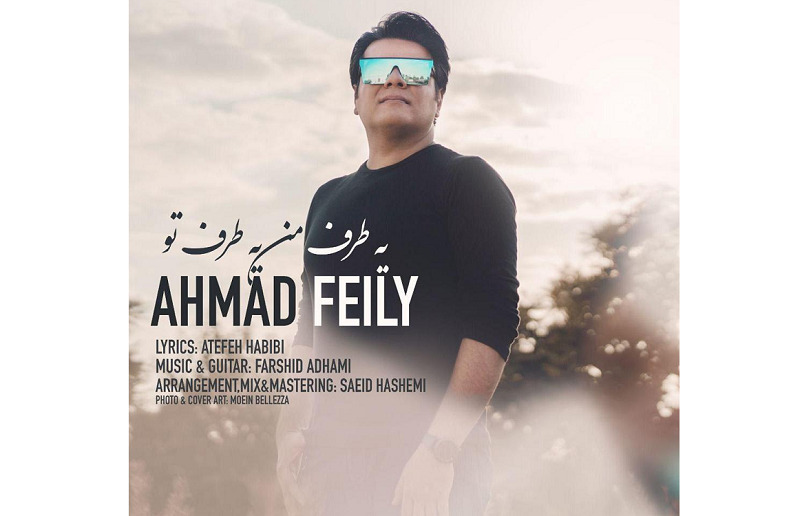While ago, Ahmad Feily explained about Iranian music and the Iranian voice in a workshop he held. In the following, we will read a part of Ahmad Feily’s speech.
Potential Scale: When you write all the notes used in a piece of music (for example, Iranian, Indian, or European music) from “high” to “low” sequence of intensity, separated with one octave, you will get the potential scale of that music.
Note: The audio base and the potential scale above are written based on the diapason standard tuning and sitar, and are mostly theoretical. If the dulcimer or reed is the criterion, there will be differences in the audio base.
Note: In writing the potential scale, it is not considered that which intensity level (low or high) each of the note can be played in. For example, a cello tune can also be performed in one lower octave than that in the scale. Only the types of notes are important in determining the potential scale.
Actual scale: Not all notes in the potential scale are ever used in an Iranian piece of music. The same is true of many other musicians around the world. That is why we call it the potential scale. In other words, this scale, in terms of the number of tones, presents all the features available in Iranian music, but not all of these features can be used together in a single piece of music.
In Iranian music, if a piece is played within one octave, it theoretically never uses more than seven notes of the octave. For this reason, Iranian music, like other music, is Heptatonic or has seven melodies (“hepta” means seven and “tonic” means melody).
Actual scale and dong: Melody in Iranian music doesn’t evaluate within one octave, but rather, it generally varies within one dong, that is, it uses four (or a maximum of five) notes.
Therefore, when we talk about the actual scale in music, the concept of “scale” has only a theoretical aspect. This scale, in fact, is made up of two dongs and resonance, and the melody varies in sequent within each of the dongs. It is even possible to use just one dong to make a piece.
Note: It is possible to extract more than one actual scale from a potential scale, but, in any case, in pentatonic music (such as Iranian music) all of these actual scales will include a maximum of seven melodies.
In Iranian music, it is possible to go from one Maqam to another. In other words, we have constantly changed the balance, but it should be noted that this change of Maqam (or the change we can feel during the performance of the balance) is a very sensitive and accurate action. Passing from one Maqam to another will sound very unpleasant if it is done without considering the modal and its relevant techniques because it will suddenly change the modal feeling.
The ancient masters of Iranian music have reminded us of some of the best ways to change the Maqam through collections called Dastgah (one of the meanings of Dastgah that is related to our topic is “collection”).
Definition of the Dastgah: Each Dastgah is a collection of pieces of music (notes and melodies) that we call a corner.
The corners are made in different Maqams and are connected in a certain order. One of the consequences of this particular order is that the transition from one Maqam to another within a Dastgah is pleasant.
We name each Dastgah with its main-Maqam





